5. Daisetta, Texas
From the sublime tourist attraction, to the sinkhole that just can’t quit….this hole opened up in Daisetta, Texas, on May 7 2008 as a 20ft hole. But it was a hungry one, and kept growing and growing, swallowing everything that got in its way. By the next day, it was 600ft across and 260ft deep.
Daisetta is an oil town, and geologists speculate that it was a by-product of oil production that caused the hole. Oil production causes a saltwater residue, and as Daisetta sits on a salt dome, storing the water caused the ground to collapse. This happened not just in 2008, but also in 1981 and 1969 (the 1981 one grew out of the 1969 one), so future production permits will probably be granted a bit more cautiously, otherwise the whole town may disappear…
4. Bereniki, Russia
This is another sinkhole that doesn’t know when to stop. It first appeared in 1986, but is still growing and is now more than 200m deep. Again, it’s a natural phenomenon, but a man-made cause, in this case mining.
The small town of Berezniki began as a labor camp, situated directly above the mine that the workers were working on. It is now extremely prone to sinkholes and cracks appearing, and local residents are worried that the town might vanish into the many holes in the area. The problem is that mining weakens the natural structure of the Earth, and then a small flood would cause it to collapse entirely. And that’s what’s happened in Berezniki. There is now a command center that monitors the town 24 hours a day in case of sinkhole emergencies. While they have successfully predicted all the ones so far, the chasms can open at an alarming speed.
The recent problems have been traced to October 2006, when a spring flowed into a mine supported by pillars of salt. You can see why that might be a problem – the pillars dissolved, and the whole structure collapsed. And it keeps happening around Berezniki.The buildings are cracked and the residents are leaving in droves – 12,000 people left within 5 years. At that rate, the town of 154,000 will be empty in 65 years.
3. Guatemala City, Guatemala
Another man-meets-nature disaster. And this was not in the middle of the countryside or on a quiet crossroads, this was in the middle of the city and in one of the poorest quarters of the city. Guatemala City is largely built on uncemented volcanic ash and limestone, and when a sewer ran across this base, it eroded it to the point of collapse. The hole that opened up was 100m and sadly 5 people were killed. 1000 people were evacuated from the areas as well.
Sinkholes hit the city again in 2010, when an 18m by 60m hole opened up 2km away from the 2007 site, this time taking a house and a 3-story building with it. Geologists have again blamed this on the mix of sewers and soft rock and recommended that the Guatemalan authorities look into restoring the sewage system as a matter of urgency.
2. Great Blue Hole, Belize
Meanwhile, here’s another one that’s a beautiful natural phenomenon, rather than a disastrous mess. This underwater sinkhole is actually a limestone cave that was formed in the last Ice Age and can be seen above the water due to the sharp change in the water color around the hole. It is 1000ft across and 400 ft deep and is part of the bigger Lighthouse Reef, 70km from the shore.
The Great Blue Hole was made famous by Jacques Costeau, when he named it as one of the top scuba diving sites in the world. He also measured the hole from his ship, the Caylpso, and brought back stalactite samples in 1971. He and others have also observed the wildlife of the hole – reef sharks and hammerhead sharks. The hole was christened “The Most Amazing Place on Earth” by the Discovery Channel in 2012.
1. The Qattari Depression, Egypt
Now this is a sinkhole on another scale. Measuring 50 miles by 75 miles, it is unimaginably big and almost entirely filled with sludgy quicksand. It is currently part of the Qattara Depression Project, a long-term plan to flood the area and provide hydroelectric power from it. The ambitious project involves channeling through from the Mediterranean and would eventually result in a salt plain, once all the water had evaporated.
Although the plan is ambitious, it is not new. Back in 1957, the CIA proposed flooding the Depression as a means of achieving peace in the Middle East. Among other objectives, they speculated that it would get the Egyptian President’s “mind on other matters” and that he needed “some way to get off the Soviet Hook”. For whatever reason, that never got approved and the sinkhole remains as it was created by nature. But should the hydroelectricity project work, it may look very different in the future.
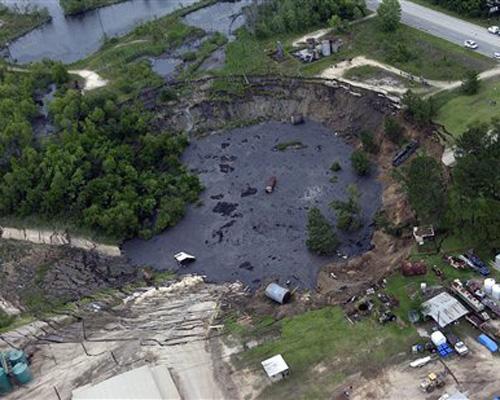
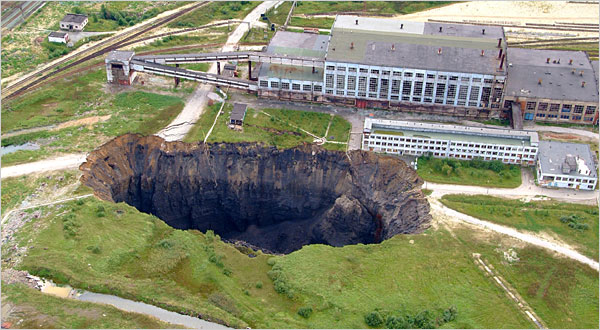
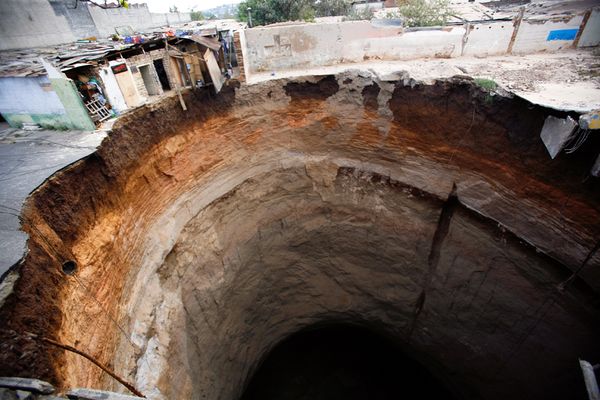
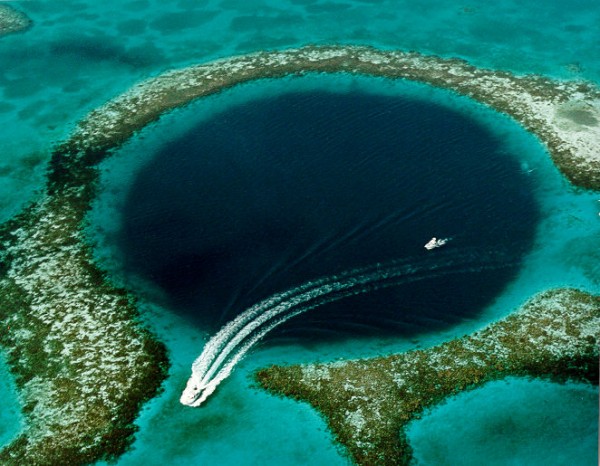
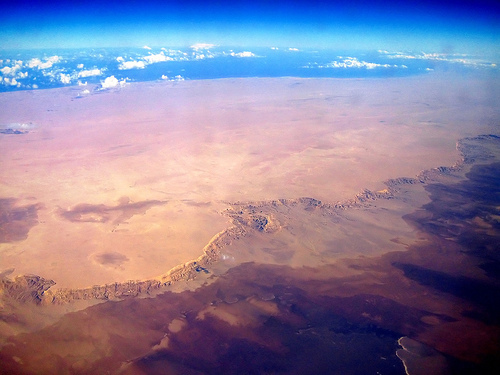
Leave a Reply